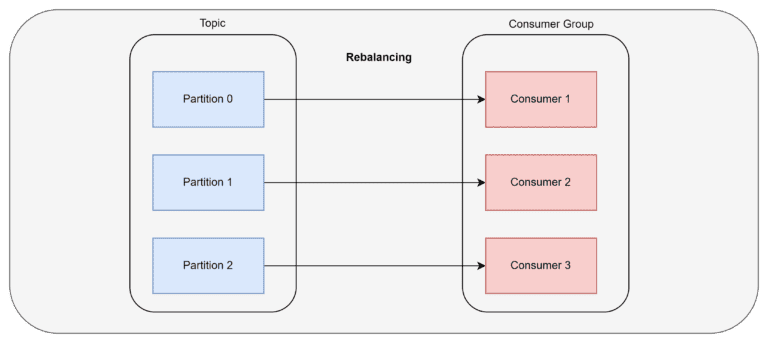Introduction
Artificial Intelligence (AI) has emerged as a driver for industry-wide transformation in the rapidly expanding technology world. This change is also being led by the banking industry. AI technology have already disrupted traditional banking practices, ushering in a new era of efficiency, personalization, and innovation. Among the different AI subfields, generative AI has emerged as an especially powerful tool, transforming how banks engage with clients, manage risks, and make strategic decisions.
Generative AI, a subclass of AI that focuses on creating new contents, visuals, and even ideas, is pushing the envelope in the banking industry. This technology’s potential to generate unique data and insights is altering financial institutions’ operations, ranging from customized client experiences and fraud detection to risk assessment and investment strategies. As generative AI’s capabilities increase, it is critical for the financial industry to understand both its potential benefits and difficulties.
In this blog post, we will delve into the profound impact of generative AI on the banking sector. We will explore its applications across various aspects of banking operations and specifically in revolutionizing customer experiences.


The use of generative AI for risk assessment and credit scoring has transformed the banking industry by allowing for more accurate, fair, and efficient means of analyzing consumers’ creditworthiness and potential financial risks. This technology’s ability to analyze massive amounts of data and develop insights has a number of significant consequences for risk assessment and credit scoring in banking.
Enhanced Accuracy
Traditional credit scoring methods may neglect a wide range of data items that generative AI can investigate. This results in a more realistic portrayal of a person’s financial behavior, lowering the possibility of credit risk misclassification.
Holistic Data Analysis
Traditional credit ratings often rely on a small set of factors, such as payment history and credit use. Generative AI can include non-traditional data sources such as social media activity, internet conduct, and other non-traditional elements to build a more comprehensive perspective of an applicant’s creditworthiness.
Reduced Bias
Traditional credit rating models may have inherent biases that can be reduced by AI-generated algorithms. These algorithms give more equitable evaluations for persons from varied backgrounds by taking into account a broader range of data and avoiding discriminating biases.
Customized Risk Profiles
AI capability of generation can create personalized risk profiles for consumers based on their specific financial situations and activities. This allows banks to offer more personalized credit terms and interest rates, enhancing client satisfaction.
Real Time Risk Assessment
Because of its ability to analyze data in real-time, generative AI allows banks to assess credit risk instantly. This is very helpful for quick lending decisions and loan approvals.
Risk Prediction & Mitigation
Generative AI can detect potential hazards by simulating many scenarios and making predictions. To limit the impact of possible defaults, banks can proactively propose risk-mitigation solutions or adjust credit terms.
Loan Portfolio Optimization
Banks can employ generative AI to simulate the consequences of different lending methods on their overall portfolios. This aids in the optimization of resource allocation and the reduction of potential losses.
Improved Customer Access
Those with a limited credit history or no traditional banking relationship may be excluded by traditional credit evaluation techniques. Alternative data sources can be used by generative AI to assess creditworthiness, increasing the number of people who have access to financial services.
Adapting to Changing Behaviors
Generative AI is extremely adaptable to changes in customer behavior or market conditions. This versatility guarantees that credit scoring models remain relevant and effective in the face of fast economic change.
Efficiency & Cost Savings
The automation and efficiency brought about by generative AI cut the time and resources necessary for manual credit evaluations significantly. This allows institutions to process more applications with fewer resources.
Fraud Detection in Loan Applications
Generative AI can detect inconsistencies or patterns that indicate fraudulent loan applications. This adds another layer of protection against fraudulent operations.
The importance of generative AI in risk assessment and credit rating stems from its ability to make these procedures more transparent, accurate, and inclusive. Banks may make well-informed lending decisions that benefit both clients and the institution by employing broad data sources and strong analytic capabilities, ensuring financial stability and customer trust.





















